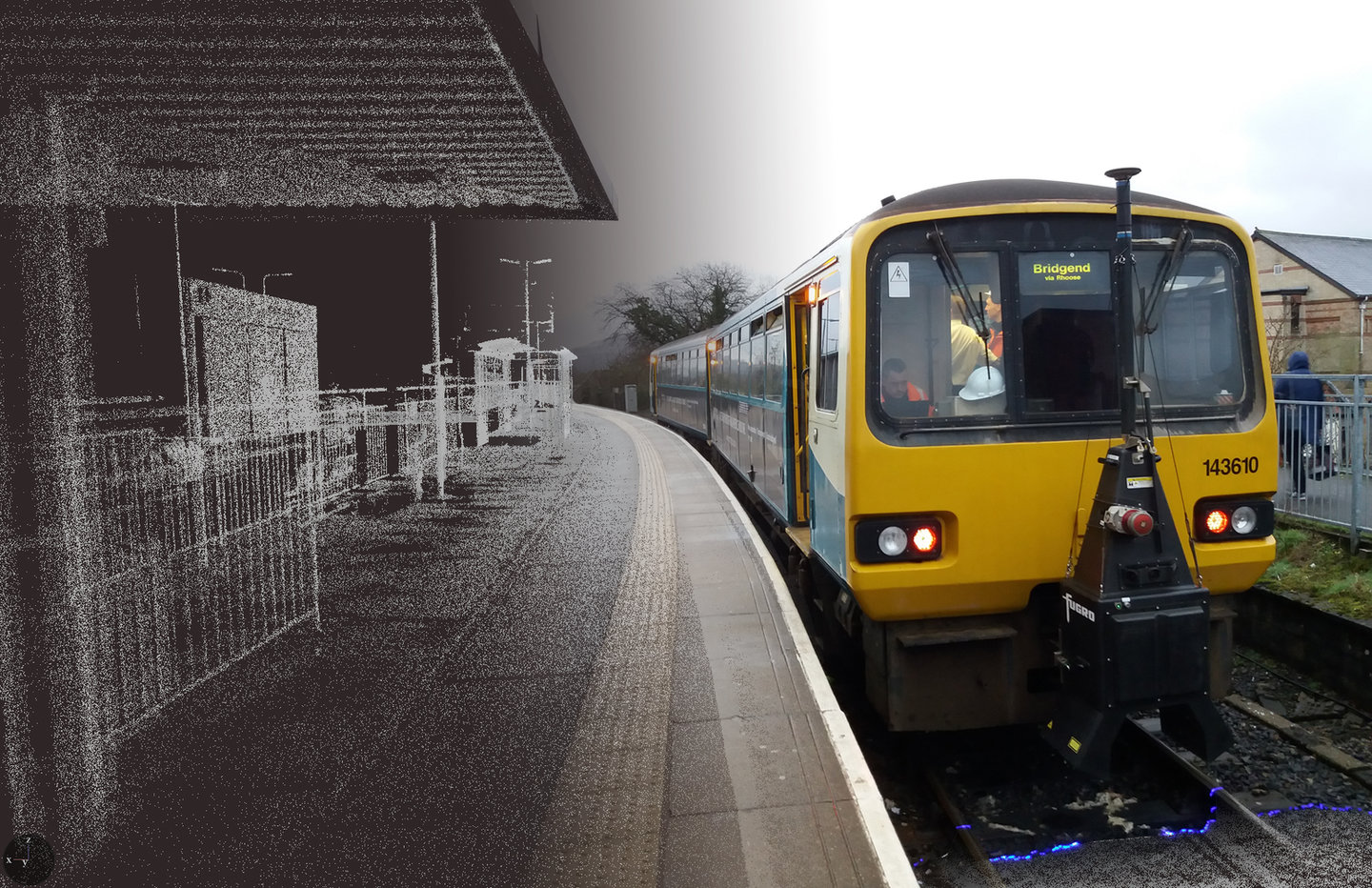All Images: Virgin Hyperloop
Investment
Transport poverty could be exacerbating the north-south divide
Transport poverty affects millions of people across the UK, contributing to the UK’s north-south divide. Audrey Dennis, strategy manager at Cubic Transportation Systems, explores how the UK’s transportation plans will affect those suffering with transport poverty.
Antonio Colla, global railway marketing & sales manager at ABB
Despite the changes that digital technologies have accelerated in so many aspects of our daily lives, we’ve made little progress with equal transport opportunities across the UK. In fact, research shows that in the north of England are at risk of social exclusion as a result of poor transport services. More than three million people in the north of England are at risk of social exclusion as a result of poor transport services.
A report from Transport for the North (TfN) reveals that one-fifth of people living in northern England are prevented from participating in the opportunities and communities around them due to poor mobility and connectivity. Unreliable rail and bus services are common, with some workers even prompted to get taxis to work that cost almost their day’s wages.
Transport poverty affects millions and can contribute to the UK’s north-south divide as citizens in the south can accessup to seven times as many jobs’ by public transport. By understanding the reasons behind transport poverty, transport leaders and government can make an informed approach to reduce gaps in transport access.
Key indicators of transport poverty
The major factors that induce transport poverty include location, age, budget, and economic opportunities. Transport poverty through lack of access is typically a result of housing being unaffordable in the areas closest to good transportation links, such as the outskirts of London, which drives people to live further away from their jobs. These longer commutes mean prohibitive costs to travel to work by rail or bus.
Age is also a major barrier. The Office for National Statistics 2021 census revealed almost one-fifth (18.6%) of the UK population were aged 65 or older, compared with 16.4% a decade earlier. Public transport presents acute challenges for older people or those with disabilities, due to their means to use technology, and physical ability to drive cars or access train platforms.
Increasing travel costs are also a barrier to embracing transport, impacting accessibility. Transport offers critical access to jobs, property and means to minimise debt – those without it are left vulnerable in many ways.Lack of economic opportunity relates to the geographic location of residents, with many people forced to make the decision to turn down jobs due to inadequate bus or rail options.

Planning for a better mobility future
While there’s no single initiative that can reverse transport poverty, there are some ways in which government and industry can collaborate to build strategies to counter this, which include:
Data analytics: Transport data can provide intelligent insight tohelp city managers plan for future development, identify dead transportation zones or optimise scheduling. Understanding how travellers use the system is vital to help build more equitable transport options. Analysing transport data and passenger travel habits – how, when, why and where people are moving around – can improve connectivity across communities and elevate service performance.
Include equity in strategy planning: For transport planners, focusing on equity is an important goal to reduce the effects of transport poverty. Creating an “equity matrix” will promote projects that focus on equity based on race, income, elderly, and youth and will ensure all groups are considered. Transit equity should be a measurable outcome, with strategies to address it in their communities.
Mobility as a Service (MaaS) solutions: Improving technology capabilities for planning travel can unlock access to mobility services, especially for the ageing population. Web-based trip-planning systems, electronic fare systems, and multi-trip ticketing, as well as real-time travel information, will help meet the mobility demands of an ageing society. These mobility-as-a-service solutions can encourage travellers to pursue multiple modes of transportation within one journey, allowing them to choose what works for them.
Ticketing: If cities could explore the option for account-based ticketing and provide automatic subsidies to residents in need, this would help those under financial pressure. Regardless of a senior railcard or discount, connecting relevant benefits to users’ accounts would allow their needs to be met with targeted solutions.
Congestion charging:It’s worth considering whether revenue gains fromcity congestion charges could be utilised to increase transport equity. For instance, incorporating congestion pricing into a public mobility offering might redistribute revenue towards increasing access to public transport networks.Another potential strategy might be a concession for low-income drivers or specific location-based residents from underserved public transport regions.
When things did start to pick up, when the lockdown was relaxed, the trains were fantastic
On the journey to addressing transport poverty
Lack of access to public transport impacts much more widely than just the citizens in question. It profoundly affects the business community, narrowing the talent pool for employers. Businesses such as hospitals can struggle to fill positions within their community, which puts pressure on current staff. Access to effective public transport is the single factor which can connect us and our job opportunities and maintain a healthier population and thriving economy.
City leaders and policymakers must embrace emerging transport technologies to address transport poverty. This means looking beyond making an investment in physical infrastructures, such as the role of technology and innovative planning. Better connecting residents to quality travel options will offer safe, healthy and connected communities and economic prosperity.
For travel and tourism industry data, comment and analysis, visit GlobalData's Tourism Intelligence Centre.
Main Image: Audrey Dennis, Strategy manager at Cubic Transportation Systems,